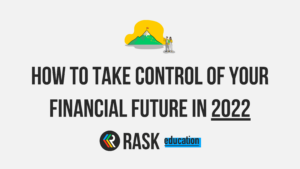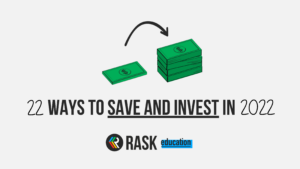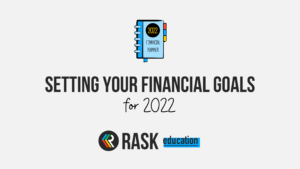Active V Passive Investing Explained.
In this video, Owen explains the difference between active and passive investing and answers:
What is active investing?
Active investing is anything that means you’re doing more than buying traditional index funds or investing via Super or a pension fund.
An ‘active’ investor is someone who picks individual investments hoping to do ‘better than average’.
Types of ‘active’ investments include:
- Stock picking
- Picking individual managed funds or ETFs
- Share “Trading”
- Commodity investing
- FX trading
- Buying and selling CFDs
What is passive or index investing?
Passive investing is investing with ‘no fuss’ or a ‘set and (nearly) forget’ strategy for the long term. It’s ideal for people who don’t want to learn about finance or business and would rather get on with doing other things.
Traditionally, passive investors buy index funds only. These can be ‘unlisted’ managed funds or exchange-traded funds (ETFs).
Is active or passive investing better?
Both are good!
Obviously, there are risks to both and the success of active investing depends on how good you (or the professional you pay) are at investing!
We think too many people are hung up on deciding ‘which is best’ or arguing ‘passive versus active’ when there’s nothing to say you can’t have both!
- Passive investing – it’s typically cheaper and easier, so it’s better for people who are lazy (like us) or can’t be bothered learning about finance. Various studies have shown your ‘average’ passive investor performs better than your ‘average’ active investor!
- Active investing – is just as much an investment in yourself and is typically harder than passive investing. But, it can be more rewarding for DIY investors. Just be careful you’re not paying high fees to invest with a fund manager, in Super or excessive share broking fees when you try your hand. The last one is very important for ‘traders’ and other dreamers who believe they can ‘trade their way to financial freedom’.
Are ETFs active or passive investments?
Both. It depends on which ETF you’re buying.
Be sure to check the ETF’s ‘product disclosure statement’ (PDS) before you invest. That will tell you everything you need to know about each ETF’s strategy. Alternatively, speak to a financial adviser about your options.
Finally, be careful that you’re not buying into a ‘Smart Beta‘ ETF without realizing! Watch our video below to know what that means.
[ls_content_block id=”27643″ para=”paragraphs”]



